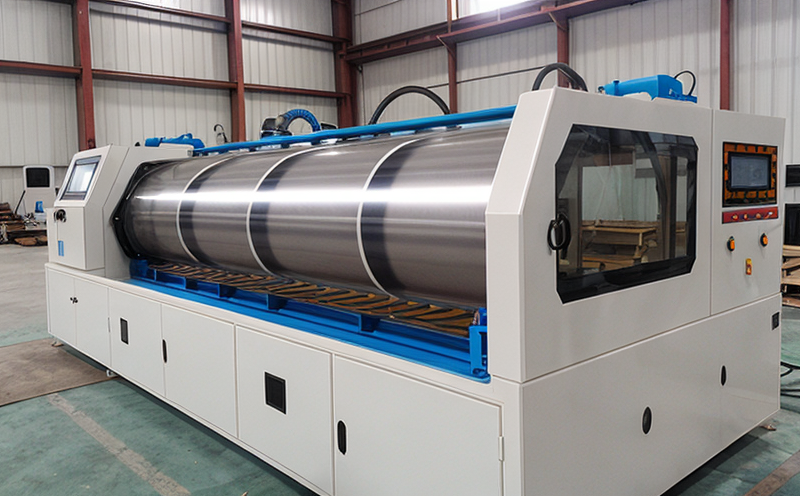Hydrostatic head resistance of laminated rainwear fabrics
The hydrostatic head resistance test is a critical measure used in the textile industry to evaluate the waterproofing performance of fabrics, particularly those used in rainwear. This test assesses how much water pressure (measured in millimeters or inches) can be applied before water penetrates through the fabric. This service ensures that rainwear meets strict standards for protection against water ingress, thereby guaranteeing customer satisfaction and compliance with industry regulations.
Hydrostatic head testing is essential because it reflects real-world conditions where fabrics are exposed to various environmental elements. The test simulates a scenario where rainwater hits the fabric and tries to penetrate through its layers. Understanding this measurement helps manufacturers improve fabric design, enhance product durability, and ensure that end-users can rely on their clothing for extended periods in wet conditions.
For laminated fabrics, which are used extensively in high-performance rainwear, hydrostatic head resistance is particularly important. These fabrics consist of a base fabric coated with a water-resistant layer. The coating or lamination process significantly affects the overall performance of the fabric, making it crucial to measure its resistance accurately.
The testing method involves placing a specific volume of water on one side of a sample and gradually increasing the pressure until moisture starts to permeate through the other side. This test is conducted under controlled conditions, ensuring that results are consistent and reliable across different samples.
Compliance with international standards such as ISO 19972:2016 provides assurance that the testing procedure adheres to recognized protocols, thereby enhancing trust in the results. Compliance officers can use these tests to ensure that products meet regulatory requirements, while R&D engineers can rely on them to refine their designs and processes.
Manufacturers of laminated rainwear fabrics benefit from this service as it allows them to benchmark their product against industry benchmarks. Quality managers can use the results to make informed decisions about production processes and quality control measures. This test is also valuable for procurement teams looking to source high-quality materials that meet strict waterproofing standards.
Scope and Methodology
| Step | Description |
|---|---|
| 1. | Select a representative sample of the laminated rainwear fabric to be tested. Ensure that the sample is free from defects and is cut according to standard guidelines. |
| 2. | Position the sample in the hydrostatic head tester with one side facing up, ensuring it is flat and free of folds or creases. Attach the sample holder securely. |
| 3. | Begin applying water pressure to the top surface of the fabric at a rate specified by the standard (typically 20 mm/min). Record the pressure at which water first penetrates through the fabric, measured in millimeters or inches. |
| 4. | Analyze the results to determine the hydrostatic head resistance of the fabric. Ensure that all tests are conducted under controlled environmental conditions to maintain consistency. |
Benefits
- Enhanced Product Quality: Hydrostatic head testing ensures that fabrics meet strict waterproofing standards, enhancing product quality and durability.
- Improved Customer Satisfaction: By ensuring that fabrics perform well under water pressure, the test helps manufacturers deliver products that exceed customer expectations.
- Compliance with Standards: Compliance with international standards like ISO 19972:2016 ensures that products meet regulatory requirements and industry benchmarks.
- Informed Decision-Making: Quality managers can use the results to make informed decisions about production processes and quality control measures, leading to improved efficiency and cost-effectiveness.
Environmental and Sustainability Contributions
- Eco-Friendly Materials: Ensuring that fabrics meet strict waterproofing standards can encourage the use of eco-friendly materials, reducing environmental impact.
- Reduced Waste: By improving product durability through rigorous testing, manufacturers can reduce waste and extend the life cycle of their products.





